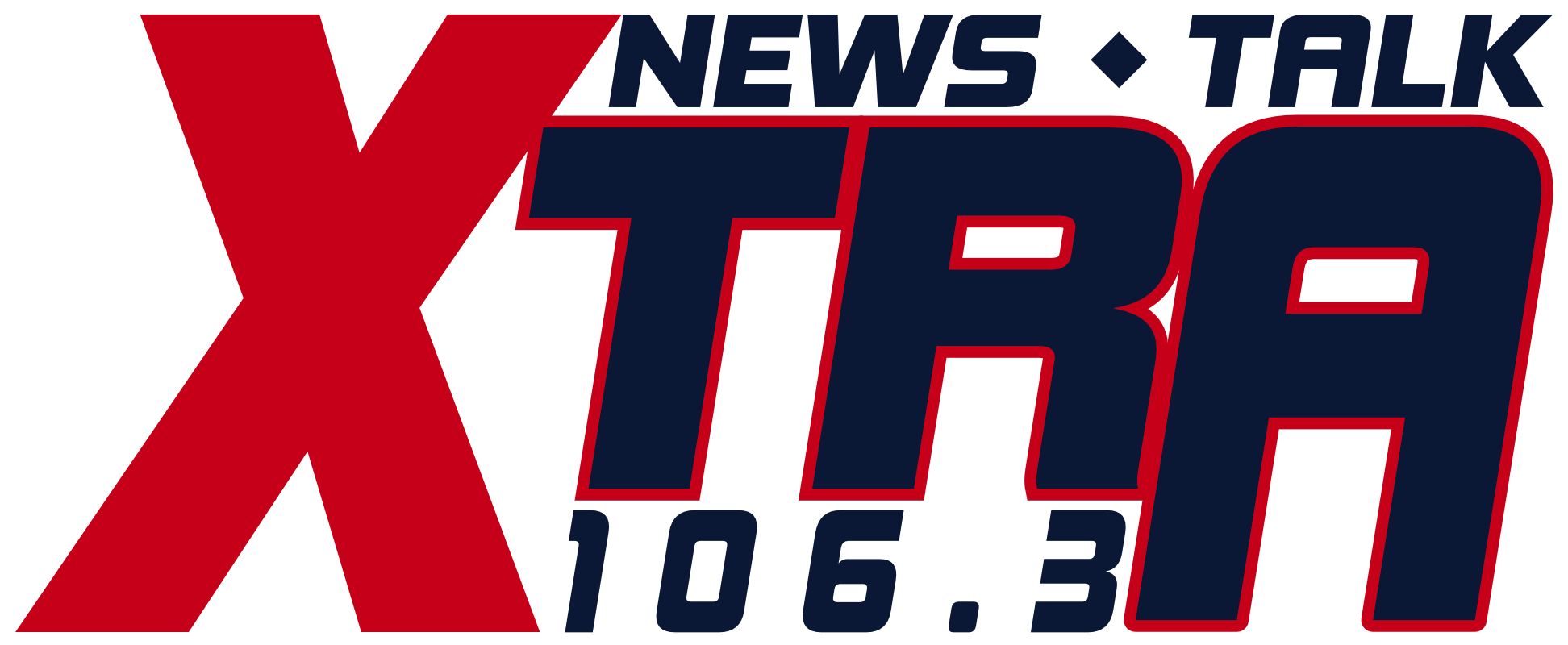AI Search Optimization: Preparing Content for 2026 Answer Engines
A Strategic Guide to Navigating SGE, Entity SEO, and Content Provenance
The Shift from Web Search to Answer Engines
The search experience is undergoing a fundamental transformation. With Google’s SGE (Search Generative Experience) and similar AI-powered interfaces reshaping how people discover and consume information, businesses face a new challenge: optimizing for answers, not just rankings.
Unlike traditional search engines that deliver a list of links based on keywords and backlinks, these AI-driven systems generate direct responses—summarized, synthesized, and restructured from across the web. As a result, the top-performing content is no longer simply well-ranked; it must be well-structured, semantically rich, and trusted by the AI rendering it.
In this new model, the value of a webpage isn’t in its metadata alone—it lies in how clearly the content communicates its intent, meaning, and credibility. Search engines are evolving into “answer engines,” and the brands that succeed will be those that speak fluently in the language of structured data, schema, and verified entities.
This shift marks the rise of AI Search Optimization—a discipline focused not just on visibility, but on semantic clarity, content provenance, and answer readiness.
This press release offers a clear, forward-looking framework for how digital brands can align with AI-driven search by leveraging structured data, semantic clarity, entity integrity, and provenance signals—all essential for staying discoverable in the search landscape of 2026 and beyond.

What Is AI Search Optimization?
AI Search Optimization refers to the process of configuring digital content in a way that makes it easily parsable, indexable, and retrievable by AI models within generative search interfaces.
Unlike legacy SEO, which focused primarily on keywords and backlinks, AI Search Optimization emphasizes:
Structured meaning via schema
Schema markup transforms content from unstructured text into clearly labeled data points that machines can understand. By tagging information using Schema.org types—like Article, FAQPage, Product, or Organization—brands help AI systems accurately interpret context, relationships, and purpose. This makes your content easier to extract, organize, and display in AI-generated summaries and overviews.
Entity relationships for semantic precision
AI models rely on a web of interconnected “entities” to form meaning. By clearly defining and linking these entities—such as people, companies, services, or locations—your content becomes part of a broader semantic network. Proper use of @type, sameAs, and consistent naming conventions ensures that your content aligns with known knowledge graphs and is semantically precise.
Content verifiability through citations and provenance
AI-generated answers prioritize sources that demonstrate trust, authorship, and originality. Including structured citations, canonical links, version history, and author credentials builds credibility. Provenance signals—like timestamps, first-party data markers, and digital verification—ensure AI models can trace information back to its source, reducing hallucinations and misinformation in search results.
Multimodal clarity, including metadata for images, videos, and PDFs
AI systems no longer interpret just text—they extract meaning from all media types. Every image, video, audio file, and PDF should include descriptive alt text, metadata, captions, and schema (ImageObject, VideoObject, etc.). This enables generative systems to include your visuals in AI Overviews, rich results, and visual search experiences.
Digestible formatting (concise answers, FAQs, and logical flow)
Generative interfaces prefer content that is clear, skimmable, and structured for comprehension. Use H3-subheaded FAQs, bullet points, short paragraphs, and single-idea sentences to make content more extractable. Each block should stand alone semantically, allowing AI to pull clean, accurate snippets without needing to recontextualize or rewrite your material.
How Google SGE and AI Overviews Are Changing the Game
SGE and other AI overview systems scan the open web and pull from trusted, high-authority sources to craft summaries and direct answers. Instead of ranking pages, they render content that is pre-assembled for users. This leads to:
Fewer click-throughs to traditional websites
Higher dependence on contextually accurate, entity-aligned content
Elevated importance of first-party, original data
To remain visible and useful in 2026 and beyond, brands must stop thinking about search as a list of links—and start thinking in structured, machine-readable blocks of information.
Entity SEO: The Backbone of Semantic Visibility
Entity SEO is a foundational strategy for AI Search Optimization. Rather than optimizing only for keywords, it ensures that content defines and aligns with recognized entities (people, places, products, topics) that AI understands and associates via a knowledge graph.
Key strategies for Entity SEO:
Use consistent naming conventions (e.g., “D35ign” rather than variations like “D-35ign” or “Design with AI”)
Link to entity sources like Wikipedia, Wikidata, and Freebase where applicable
Create clearly defined pages for each entity associated with your brand
Use Schema.org properties (e.g., @type, sameAs) to associate with public entity IDs
Entity SEO ensures content isn’t just seen—it’s understood.
Structured Data & Schema: Making Meaning Machine-Readable
Generative AI needs more than well-written prose—it needs context encoded in schema.
Structured data provides the roadmap for search engines and LLMs to parse content attributes, relationships, and types of information. For example:
Use FAQPage markup for clear Q&A sections
Add WebPage, Article, or HowTo schema for main content types
Include ImageObject, VideoObject, and AudioObject for multimedia
Use Organization, Person, Product, and Service types with full @context
Critically, use nested schema relationships. For instance, an Article should reference its author (via Person or Organization), its date published, and even its references using the citation property.
This semantic scaffolding helps AI generate reliable overviews with your content as the source.
Concise FAQs and Answer Blocks: Feed the AI What It Needs
Most SGE and AI-overview systems use a question/answer format as their default UI structure. This means well-formatted, FAQ-rich content is more likely to be extracted and presented as the answer.
Here’s how to optimize for this:
Write short, factual answers (40-70 words) to each question
Use natural language in questions (think how users speak)
Include one fact per sentence
Structure in subheadings and bullet points where relevant
Wrap FAQs in schema (FAQPage) to clearly signal intent
Example:
What is AI Search Optimization?
AI Search Optimization is the practice of preparing digital content for generative search engines by using structured data, entity SEO, concise formatting, and content provenance.
This format supports both human skimmability and machine extractability.
First-Party Data: A Source AI Can Trust
With increasing concern over misinformation and model “hallucination,” first-party data is becoming essential in establishing authority and credibility in AI-generated search results.
AI systems favor:
Content originally authored by the brand, published on a canonical domain
Data sourced directly from verified internal research, such as surveys, reports, or user behavior insights
Product specs, service definitions, and features written in your own words, not scraped or copied from aggregators
Internal case studies or survey results with verifiable metadata, timestamps, and references
What makes first-party data powerful is its origin and traceability. Unlike aggregated or third-party content, it reflects the brand’s unique experience, voice, and domain expertise. When content clearly signals that it came from a source with firsthand knowledge, AI models are more likely to surface and preserve it without distortion.
This is why brands must create a rich, centralized content library—complete with internal authorship attribution, structured source links, schema-enhanced context, and revision logs. Supporting this with machine-readable signals—such as author, datePublished, and isBasedOn schema properties—further strengthens trustworthiness.
In short, first-party content is not just authoritative—it’s foundational. It serves as an anchor for accuracy in an era where generative AI increasingly determines what users see first—and often, exclusively.
Content Provenance & Digital Trust Signals
To combat disinformation and maintain integrity, AI systems are evolving to evaluate content provenance: the trail of authorship, originality, and edit history that determines whether content can be trusted and cited in AI-generated responses.
What to implement:
Canonical URLs to assert the original version and prevent content duplication
Digital signatures or decentralized IDs (like C2PA or DID) to validate authenticity and ownership
Timestamps, version history, and editorial policies to demonstrate transparency and governance
Structured citation properties using schema (citation, isBasedOn, author) or embedded HTML
Metadata for multimedia, including alt text, captions, EXIF data, licensing, and usage rights
Provenance is no longer just an academic concept—it’s a ranking signal. Brands that maintain clear attribution chains and verifiable origin markers help AI systems identify which content is trustworthy, current, and factually sound. Additionally, provenance signals reduce the likelihood that a brand's material will be rewritten, misattributed, or overlooked by generative search tools.
By offering content that is clearly sourced and verifiably original, brands align with the trust architecture AI systems are designed to prefer.
Multimedia Metadata: Optimizing for Multimodal Search
AI systems now parse not only text but also images, video, audio, and files.
To ensure multimedia is usable and retrievable in AI-generated summaries:
Include alt text with descriptive detail
Add structured schema (ImageObject, VideoObject, etc.)
Use captions and transcripts with speaker attribution
Mark files with clear titles and metadata, including usage licenses
Embed EXIF and IPTC tags in original files when applicable
Multimodal metadata ensures your non-text assets can surface in visual search results and AI-generated previews.
Formatting for Crawlability: Don’t Let Good Content Go Unseen
Technical formatting plays a pivotal role in AI Search Optimization:
Short paragraphs (2–3 sentences) for readability
Headings structured with H1 → H2 → H3 hierarchy
Internal linking between related content and services
Descriptive anchor text (avoid “click here”)
Use of tables and lists where information needs summarization
Simple formatting enhancements allow generative AI to parse and reassemble your content without distortion.
Preparing for AI Overviews in 2026: A Checklist
Before launching any content in 2026, use this AI Search Optimization checklist:
? Schema markup applied to all content types
? Consistent entity usage and linkage
? Structured FAQs and concise answers
? Embedded metadata for all assets
? Canonical tags and source citations
? Internal links to supporting content
? Page tested for crawlability and semantic clarity
By aligning with this framework, brands not only adapt to the future—they help shape the knowledge ecosystem AI depends on.

Master AI Search Optimization with D35ign
D35ign leads the way in building semantically structured, AI-ready digital experiences. As generative search becomes the norm, AI Search Optimization is no longer optional—it’s foundational.
Visit d35ign.com to explore how D35ign enables brands to:
Build content ecosystems aligned with AI Overviews
Apply schema at scale
Architect entity-driven, semantically linked content
Implement verifiable provenance practices
Prepare for SGE, multimodal indexing, and beyond
Future-proof your content. Prepare for answer engines. Master AI Search Optimization with D35ign.





